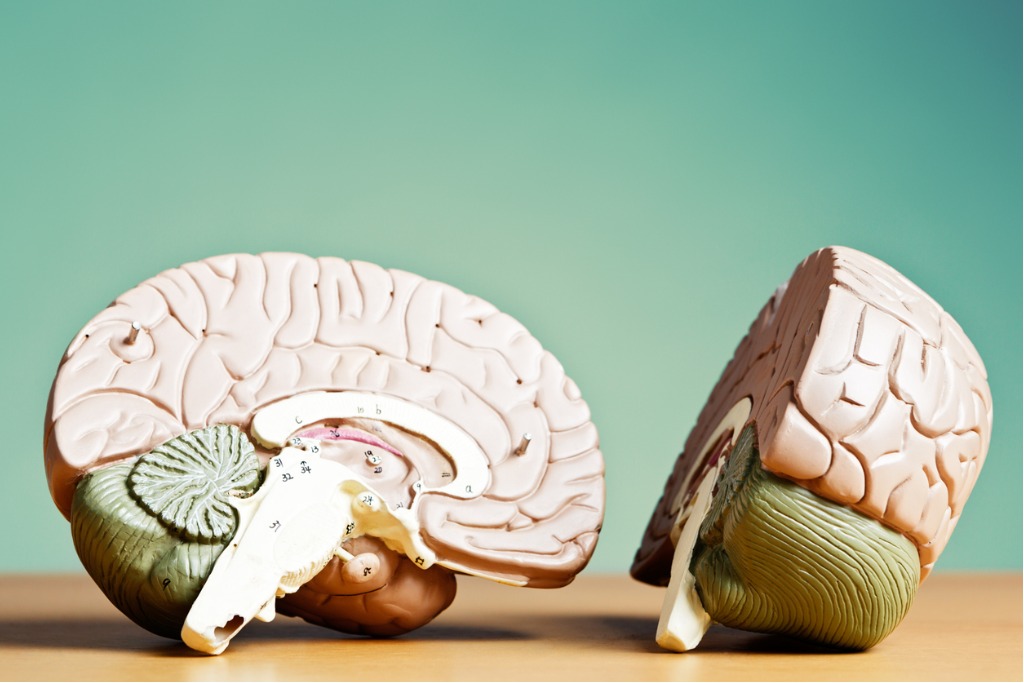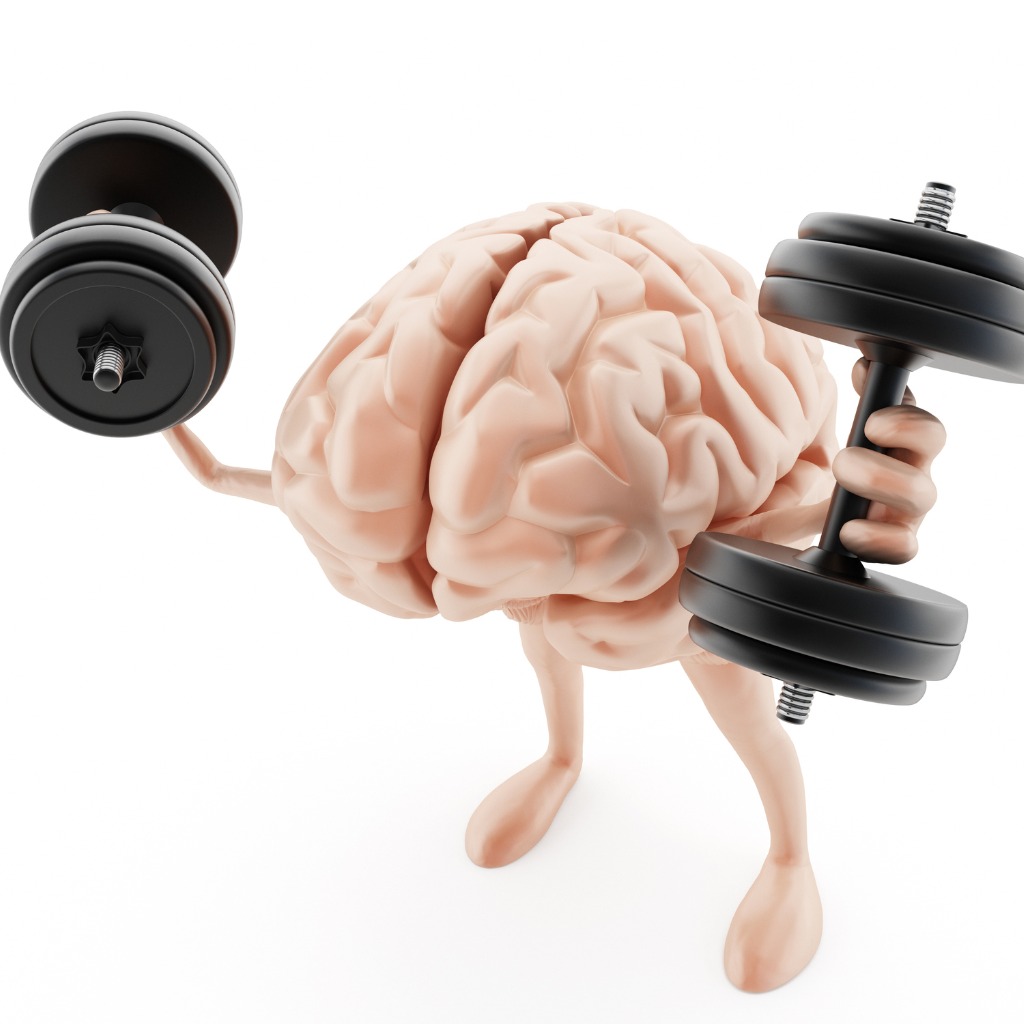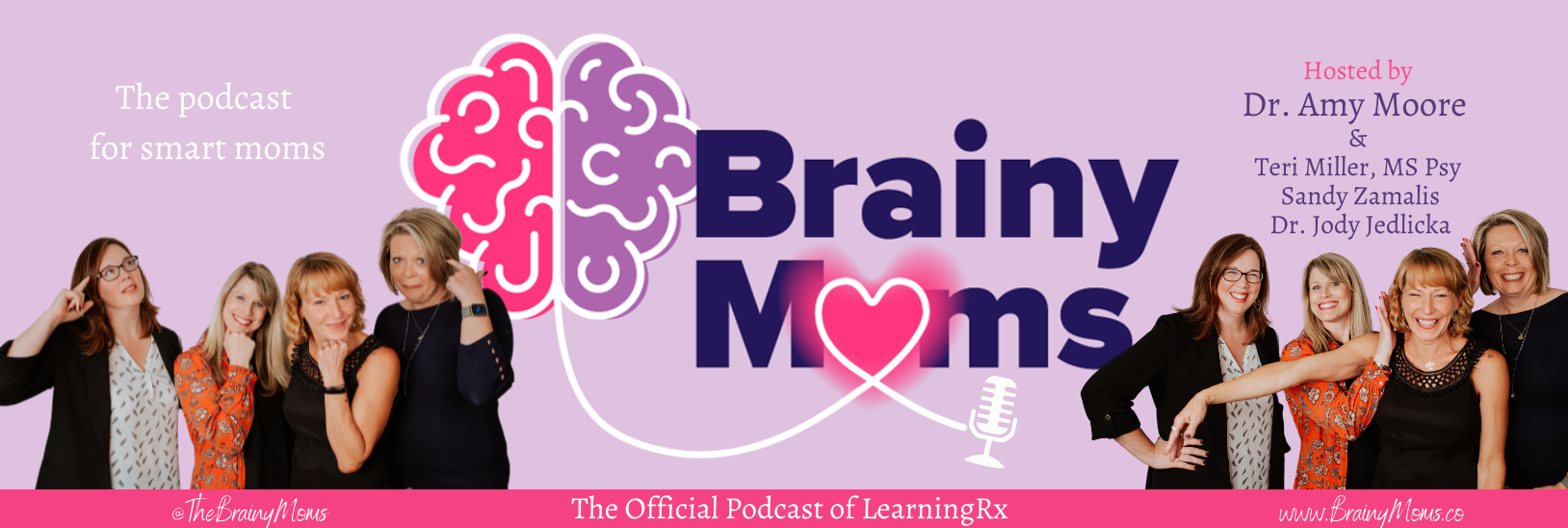Surprising Answers to 3 Common Questions About the Brain
1. Do Learning Styles Exist?

Nope. That’s a myth. And one that just keeps hanging on despite the plethora of scientific evidence that learning styles don’t exist! All children are capable of learning visually, auditorily, and kinesthetically unless they have a physical disability affecting one or more of their senses (hearing impairment, sight impairment, missing a hand).
Now before you get all bent out of shape about this, I will clarify that just because they are capable of learning in multiple ways does not mean they prefer to learn in multiple ways. I, for example, dislike listening to learn. I want to read about a topic, not have someone tell me about it. But, I am still capable of learning about it either way. I simply have a preference, not a style.
But don’t just take my word for it. In a fascinating study last year, Polly Husmann and Valerie O’Laughlin—researchers at Indiana University School of Medicine—asked students their self-identified learning style. Then, they correlated the students’ study methods with their “learning style” and with their science test scores and found that 67% of students used study methods unrelated to their self-identified learning style; and the students that studied with a method that matched their self-identified learning style did not perform better on their science tests than the students who didn’t study according to their style. (You can read the study published in Anatomical Sciences Education.)
So, what do we do with this knowledge? Well, the content and level of prior knowledge about the content should determine the method of instruction for the most part. But, when possible, teachers should still continue to create activities that appeal to a wide variety of preferences. By mixing up the methods of instruction, teachers can increase engagement and motivation in the classroom. Perhaps we can refer to this as a variety of instructional styles and leave the learning styles moniker behind for good.
2. Is there such a thing as Left-Brained and Right-Brained?

Nope. That’s a myth, too. This one’s gonna be tough. You know why? Because the belief in hemispheric domination is so pervasive. Sanne Dekker and colleagues at LEARN! Institute conducted a study on teachers’ beliefs about the brain and found that 91% erroneously believed that imbalances between the right and left side of the brain explains individual learning differences. 91%!
Well, just like there aren’t true learning styles, there aren’t true right-brained or left-brained classifications for people. You know the types, right? Right brained people are supposed to be creative while left-brained people are supposed to be analytical. That sort of dichotomous thinking implies that scientists can’t be creative and that writers can’t be analytical. What about science writers? What about accountants who play a musical instrument? What about fashion designers who operate global businesses? These are extreme examples of people who need both traits. And arguably have them both. So, that dispels the myth, yes?
Okay. Don’t take my word for it. In a really cool fMRI study conducted by Jared Nielsen and his colleagues at University of Utah, there were no global left-brained or right-brained types identified. It’s a myth. You can be both creative AND analytical. But, there are areas of the brain that are predominately responsible for different functions. For example, we know that the language areas of the brain are mostly housed in the left side, and that attention is controlled largely in the right side of the brain. But if you perform MRI scans of artists and mathematicians, you won’t find significant variations. So, how do we stop perpetuating this myth? Get the word out, folks. Share the science.
3. Is Neuroplasticity Real? (Can the brain really change?)

People will usually believe the prevailing wisdom of the day. For a long time, it was believed that the world was flat. Until it wasn’t. And for a long time, it was believed that the brain could not be changed once it was fully developed. Until it could. This one’s easy, folks. Neuroplasticity is NOT a myth. Neuroplasticity is the brain’s amazing ability to change with experience. From birth through death, the brain is malleable, changeable, pliable, and plastic.
The action in neuroplasticity includes neurogenesis—or the creation of new neurons; as well as neural reassignment—or the ability of an undamaged area of the brain to take over the function of a damaged area by creating new connections in the brain. Neurogenesis is well-established in childhood but is under continuous debate in adulthood. Some research suggests we produce new neurons in the hippocampus throughout our lifetime while other research suggests we don’t. Regardless, new neuronal activity in some form—especially neural reassignment—is lifelong!
How can we take advantage of neuroplasticity to change the brain? That’s a great question! Any activity that engages the brain is beneficial, but targeted and sustained intense experiences are more likely to effectively drive neuroplasticity—like those found in cognitive training or cognitive rehabilitation.
So, there you have it. Answers to three common questions about the brain that are frequently misunderstood. To wrap up, learning styles are a myth, there’s no such thing as right-brained or left-brained, and neuroplasticity is real!
From my brain to yours-
Dr. Amy
Amy Lawson Moore, PhD
Cognitive Psychologist at LearningRx
Co-host of Brainy Moms, the podcast for smart moms!
References
Dekker, S., Lee, N., Howard-Jones, P., Jolles, J. (2012). Neuromyths in education: Prevalence and predictors of misconceptions among teachers. Frontiers in Psychology, 3, 429. doi: https://www.frontiersin.org/article/10.3389/fpsyg.2012.00429
Ernst, A., & Frisén, J. (2015). Adult neurogenesis in humans- common and unique traits in mammals. PLoS biology, 13(1), e1002045. doi:10.1371/journal.pbio.1002045
Husmann, P. & O’Laughlin,V. (2018). Another nail in the coffin for learning styles? Disparities among undergraduate anatomy students’ study strategies, class performance, and reported vark learning styles. Anatomical Sciences Education, 12, 6-19. https://doi.org/10.1002/ase.1777
Nielsen, J.A., Zielinski, B.A., Ferguson,M.A., Lainhart, J.E., Anderson, J.S. (2013). An evaluation of the left-brain vs. right-brain hypothesis with resting state functional connectivity magnetic resonance imaging. PLOS ONE 8(8): e71275. https://doi.org/10.1371/journal.pone.0071275
Sorrells, S., Paredes, M., Cebrian-Silla, A. et al. (2018). Human hippocampal neurogenesis drops sharply in children to undetectable levels in adults. Nature,555,377–381. doi:10.1038/nature25975
Note: This article was previously posted on ShesBrainy.com, Dr. Amy’s original blog site.
